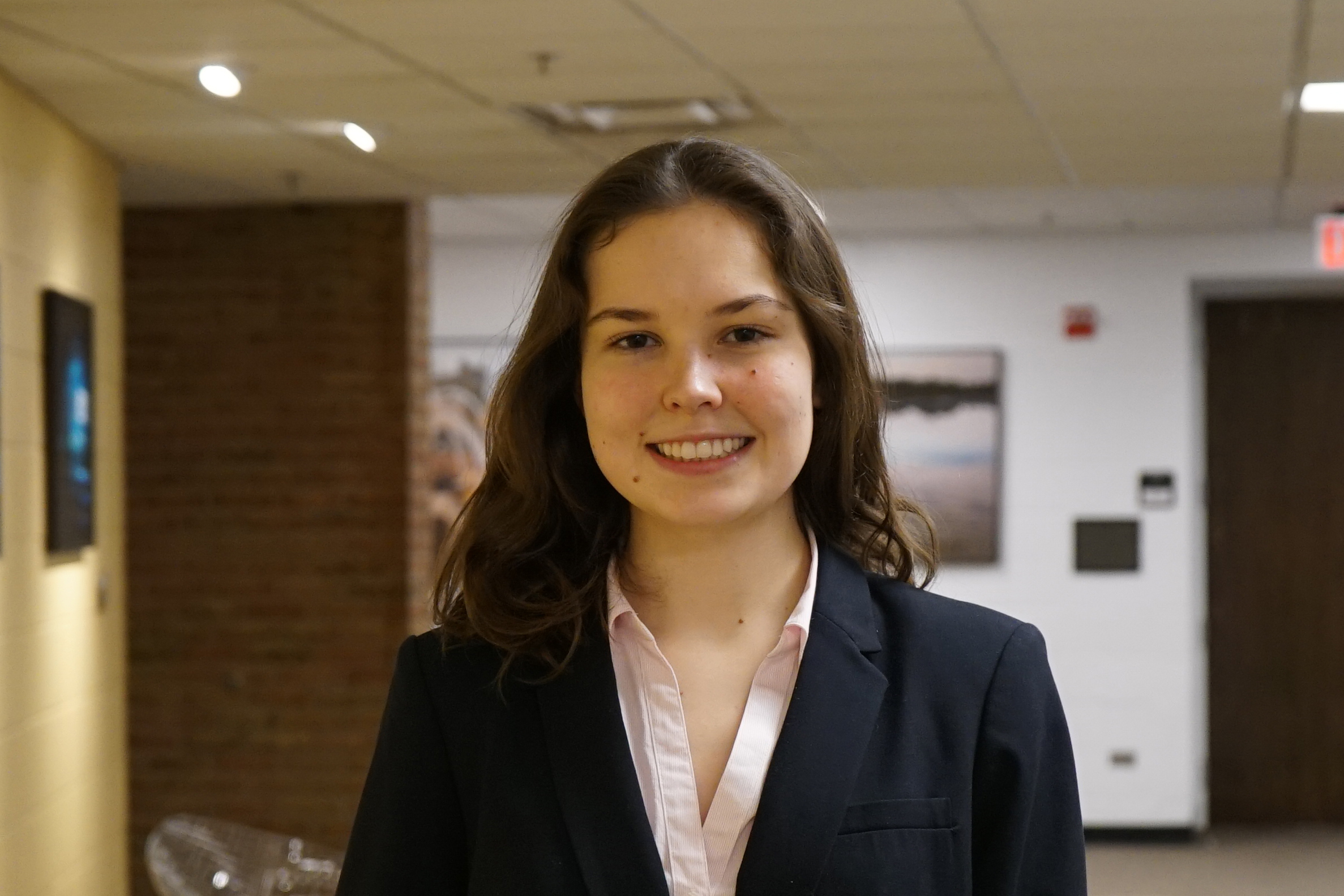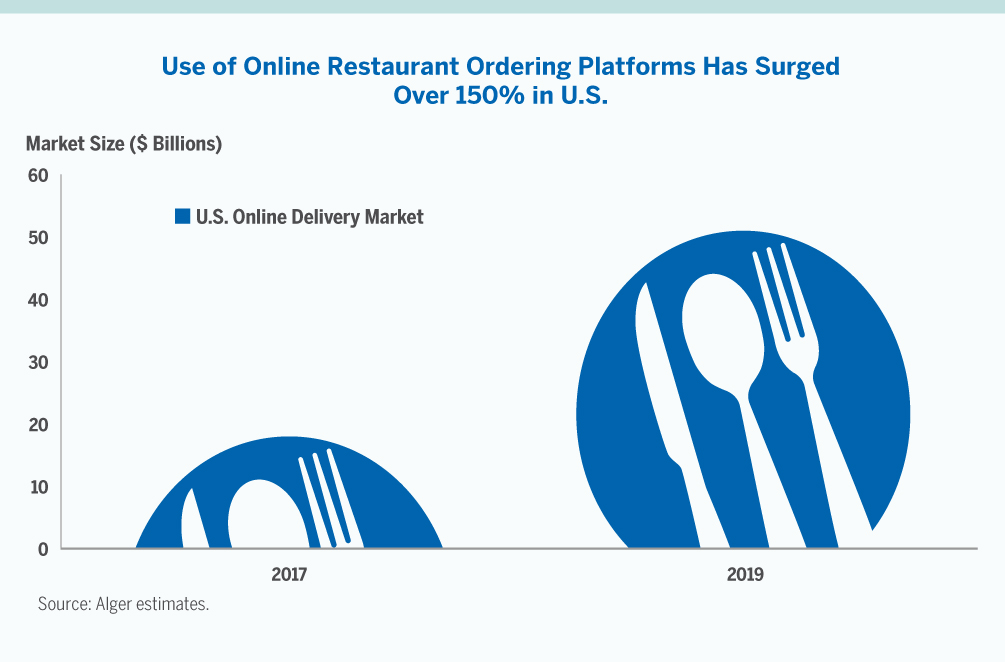Blog Post by ELP Student Alexandra Golubova (Business Administration [BBA] | Class of 2022)

When it comes to charities, on the other hand, these start-ups originate because of an identified inequality or a community issue and aim to solve them with minimal, or no, fees for their service.
Thus, most charities have significant market demand; but does this mean not-for-profit charities are more likely to succeed than for-profit organizations? Sadly, no. There are two key issues nonprofits face that make their goals much harder to attain:
No Cash to Flaunt
Addressing the elephant in the room, nonprofits do not earn a profit – one of the key factors investors took for when considering funding a company. The teams of most for-profit start-ups initially focus on developing a minimum viable product (MVP), a usable product with key features that will start to generate an income for the company.
The MVP usually uses minimal resources and shows potential investors the demand and pay off that the product has. In this case, the measure of success is in the financials – the profit and revenue of the MVP show the opportunity.
While the idea of an MVP can easily apply to nonprofits as well, the key difference is that non-profit founders will need more than just an MVP. The success lies in the impact.
Founders not seeking financial returns must convince others that the cause they are working for is worth funders’ attention and monetary support, but most importantly, that the start-up’s solution or aid will truly help the cause. This means non-profits must take time to practice storytelling, conduct research, and increase overall documentation. While profit is the only factor taken out of the equation, many must be added in its place to prove the opportunity, the success, and the impact of a charitable start-up.

- Children. Seeing children light up with joy from something so simple to us – clean water – makes it difficult to actively choose to not support the charity working to solve the problem.
- Cinematography. Videos of children and adults collecting water from brown lakes and even puddles, accompanied by emotion driving music, bring the viewer into the world of the customer.
- Statistics. One cannot disprove the impotence of the cause after seeing numerous ways lack of clean water is affecting people in developing countries.
- Translating. Clean water might not be the focal point of a donor’s intentions. To address this, Charity: Water highlights how access to clean drinking water also solves problems in other sectors of people’s lives such as education and health.
As ROI is not in the image, nonprofits must use and develop many tactics to prove their success when looking for financial support.
Challenging History
Today, most startups focus on solving everyday issues people face. For example, DoorDash, a Y-Combinator backed company, was created in 2013 to provide a transparent and efficient food delivery service.

One can assume that all “successful” companies are created this way: by finding a simple solution to a pain point. While it is true that nonprofits’ entire mission is solving community issues, it is not the case that these problems can be solved with an easy solution like a mobile application.
Not-for-profits tend to share one ambitious goal: to improve a community’s quality of life. While DoorDash’s crucial step to success was to change customer behavior by getting foodies and restaurants to start using their platform, nonprofits have to change society’s way of living.
For example, climate change is currently one of the largest global issues being targeted by non-profit organizations. Specifically, the Clean Air Task Force aims to reduce air pollution. This seems like a straightforward goal that most must be in favor of but in reality, the organization must challenge countries’ traditions and people’s way of thinking.
Countries like Saudi Arabia, and their allies, have a strong incentive to block environmental movements as their country relies heavily on oil and gas (energypost.edu). Thus, their policies will continue subsidizing such practices, subsequently promoting carbon emissions. On the societal level, transitioning to clean energy is a costly investment when looking at a short period of time.
As many behavioral studies have found, humans prioritize short-term benefits over long term ones, making the transition to clean energy “not worth it.” A similar way of thinking is seen in young professionals making lavish purchases with no retirement savings. Thus, although the society can agree that clean air is a simple necessity for all, it is awfully difficult to actively choose to work toward this goal as people, companies, and countries tend to stick with historical prioritization.

While Charity: Water has not yet provided every person in developing countries with access to clean water, it has funded 51,438 projects and is serving over 11 million people to date.
Similarly, Clean Air Task Force has not yet created a zero-emissions planet, but it has conducted multiple field study workshops for Chinese based companies to educate the leadership about pipeline design and carbon dioxide management.
So, find a cause you are passionate about and donate any amount to a non-profit organization working toward solving that issue. Your donation will not solve the problem but it will contribute to the journey.

